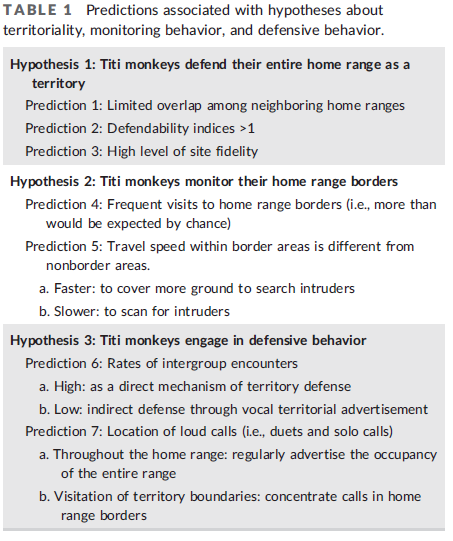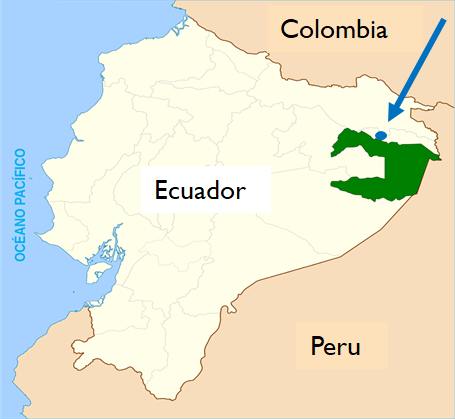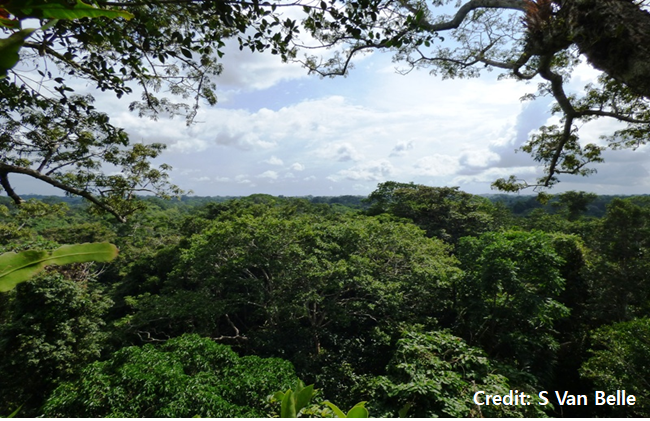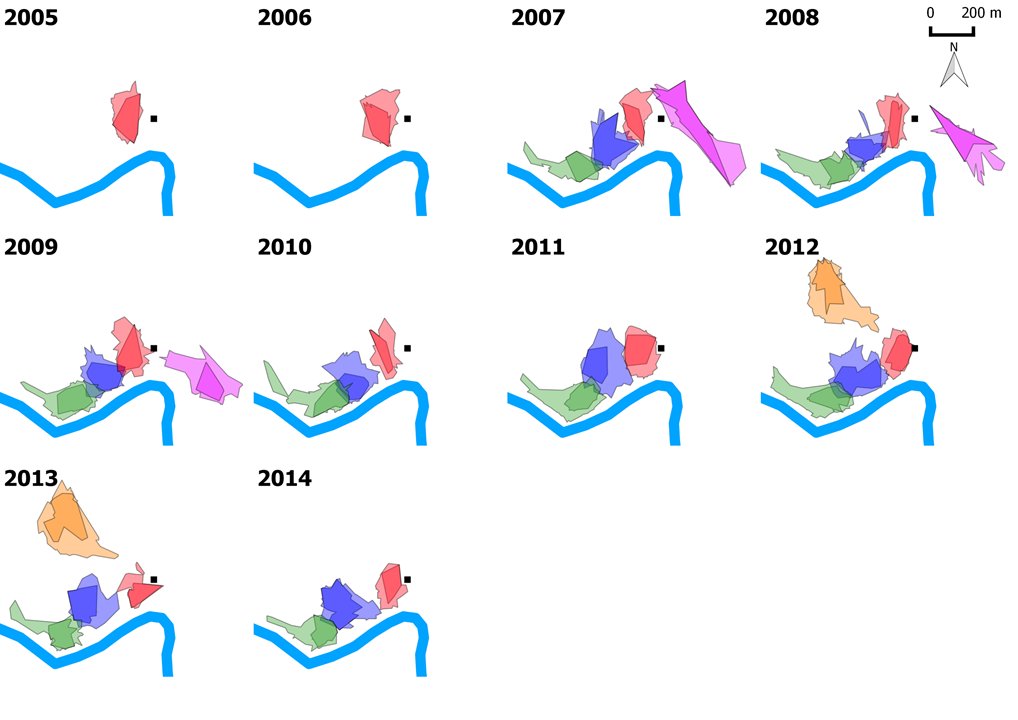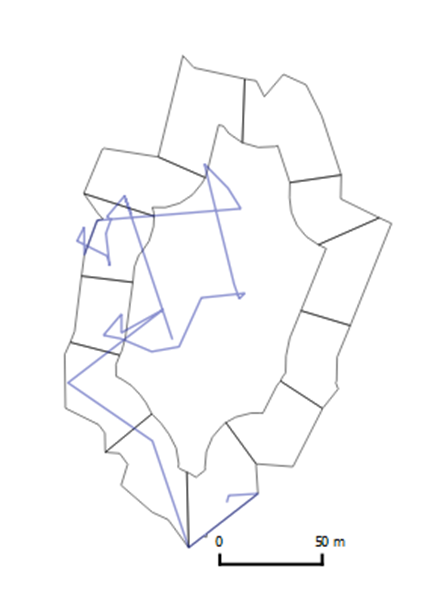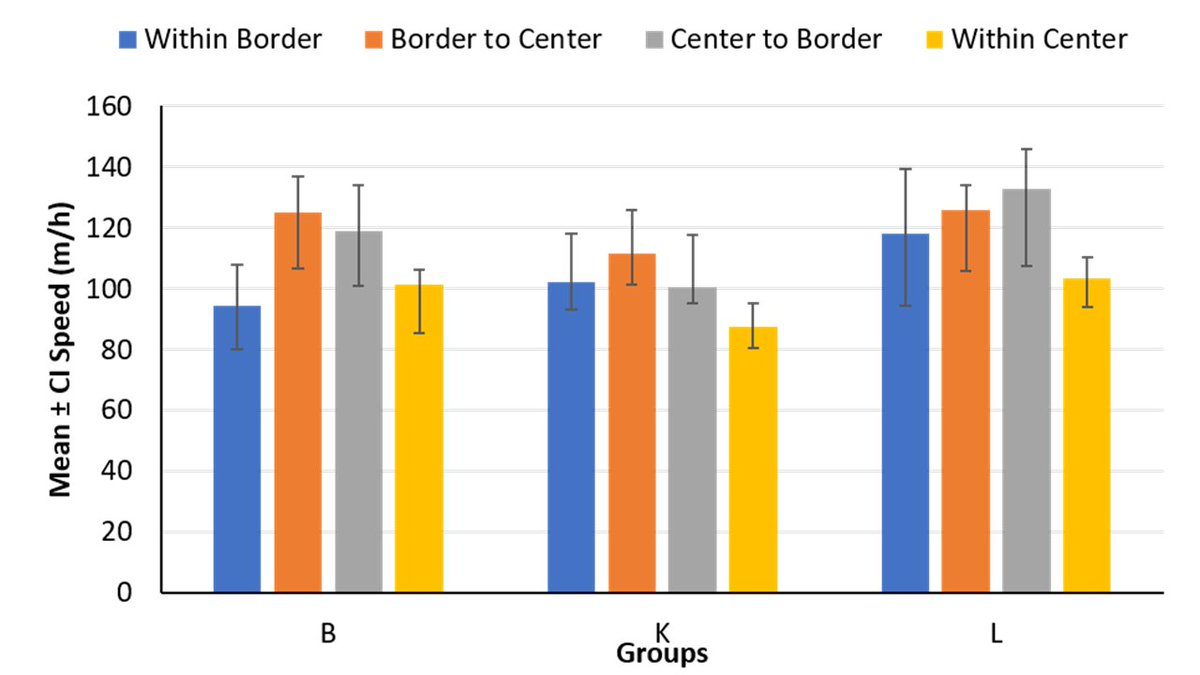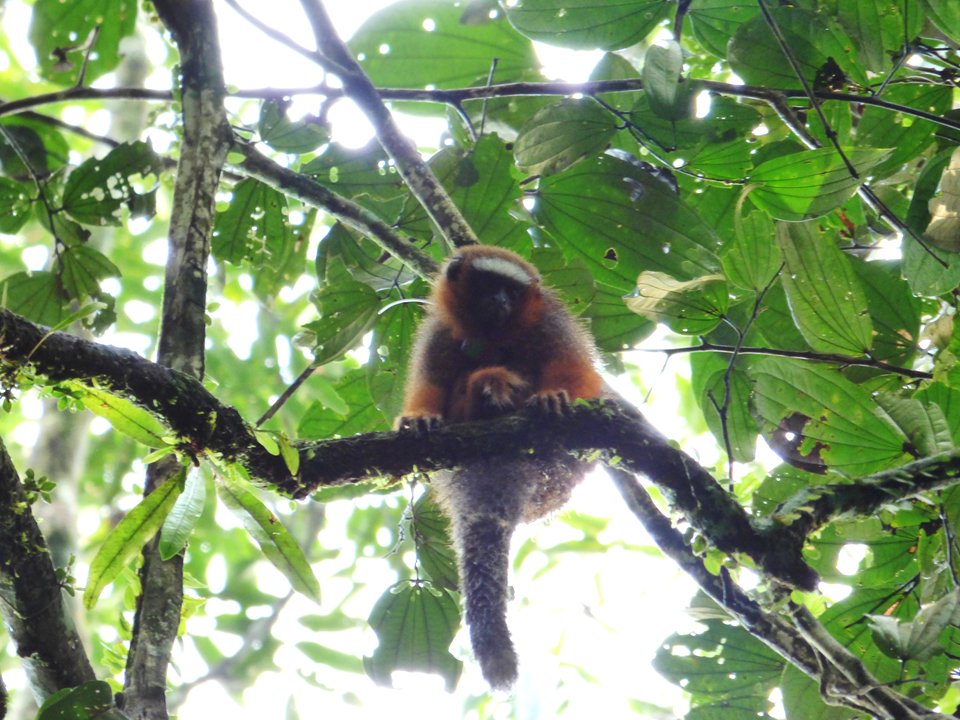Please check our new paper on ranging behavior and the potential of territoriality in red titi monkeys. This is collaborative work with Amy Porter, Eduardo Fernandez-Duque, and @ecuamonkey
 of major results (1/12) https://onlinelibrary.wiley.com/doi/full/10.1002/ajp.23225
of major results (1/12) https://onlinelibrary.wiley.com/doi/full/10.1002/ajp.23225
 of major results (1/12) https://onlinelibrary.wiley.com/doi/full/10.1002/ajp.23225
of major results (1/12) https://onlinelibrary.wiley.com/doi/full/10.1002/ajp.23225
2) Territoriality implies not only spatial exclusivity but also the expression of defensive and/or monitoring behavior that may deter incursions by opponents. We hypothesized the following:
3) We assessed whether red titi monkeys defend their home range as a territory by examining home range spatial exclusivity and defensive and monitoring behavior using data collected over a 10-year period at the Tiputini Biodiversity Station in Amazonian Ecuador.
6) The defendability index (mean daily path length divided by the diameter of a circle that has the size of the home range) has been used as a proxy for the frequency with which groups might visit range borders. Values >1 are associated with territoriality https://link.springer.com/article/10.1007/BF00293673
7) In the red titis, values varied between 2.2 and 3.6, suggesting that they can cross their home range 2 or 3 times a day, making it economically feasible to frequently monitor their range borders. But do they actually do this?
8) For this we divided the 25-m border of annual home ranges into 12 similar-sized sections and counted how many sections were visited per full-day follow. On average, groups visited 4 border sections per day
9) However, simulations of correlated random paths of similar length as the titis’ mean daily path length visited on average 5 border sections suggesting that titis did not purposely visit their border to monitor intruders.
10) Despite the regular visits to the border, they rarely encountered (< 50 m apart) their neighboring groups. On average, one encounter every 8 days.
11) How about monitoring? For this, we looked at travel speed. When traveling along the border, they did not speed up to cover more ground in search for intruders nor slow down to scan for intruders compared to when they traveled in other parts of the home range
12) The absence of overt monitoring might be compensated for by their loud calls, which our groups did throughout their home ranges. These calls may serve as an occupancy advertisement and a deterrent to intruding conspecifics, yet studies are needed to examine this in detail.
END) Red titis have great potential for territoriality: high site fidelity, spatial exclusivity, high mobility relative to home range size, and frequent visits of the border; yet no evidence of active monitoring. Their calling likely plays a crucial role.

 Read on Twitter
Read on Twitter